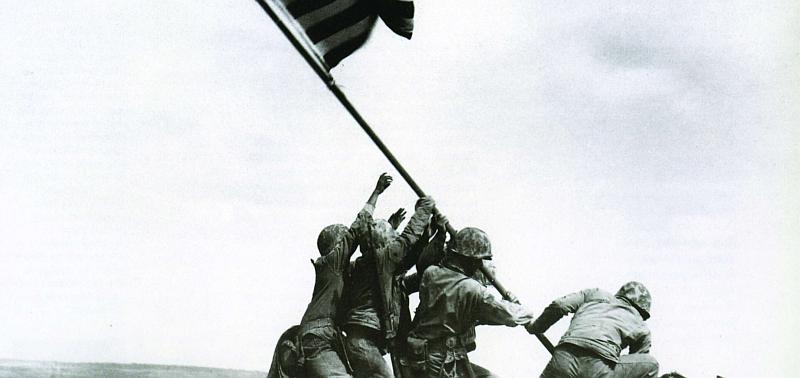The strategy for winning a war and defining victory can vary depending on the specific circumstances, goals, and nature of the conflict.
Here are some general considerations:
- Define Objectives: Clearly define the objectives of the war. What does victory look like? This could include territorial gains, regime change, or achieving specific political, economic, or social goals.
- Military Strategy: Develop a comprehensive military strategy that aligns with the defined objectives. This involves considering the type of warfare (conventional, guerrilla, asymmetric) and deploying forces effectively.
- Diplomacy: Explore diplomatic solutions to the conflict. In some cases, a political resolution may be preferable to a prolonged military engagement. International cooperation and alliances can also play a crucial role.
- Public Support: Maintain and garner public support. Wars often require the support of the population, both in terms of morale and resources. Clear communication about the reasons for the war and progress updates can help sustain public backing.
- Economic Considerations: Assess and manage economic aspects. Wars are resource-intensive, and sustaining the economy is vital. Ensure the availability of funds for military operations and address the economic impact on the home front.
- Adaptability: Stay flexible and adaptable. The nature of war can change rapidly, and the ability to adjust strategies and tactics in response to evolving circumstances is critical.
- Intelligence and Information Warfare: Gather intelligence effectively to understand the enemy’s strengths and weaknesses. Information warfare, including psychological operations and cyber capabilities, can also be crucial in shaping perceptions and gaining an advantage.
- Humanitarian Considerations: Factor in the humanitarian aspects of the conflict. Minimize civilian casualties, adhere to international laws, and consider the long-term impact on the affected population.
- Exit Strategy: Develop a clear exit strategy. Knowing how and when to end the conflict is as important as knowing how to initiate it. This involves establishing criteria for success and determining the conditions under which the mission can be considered accomplished.
- Post-War Reconstruction: Plan for post-war reconstruction and stabilization. Winning the war is often just the first step; the aftermath requires efforts to rebuild infrastructure, establish governance, and promote stability.
It’s important to note that the approach to winning a war can be highly context-dependent, and each conflict is unique. Additionally, ethical considerations and adherence to international laws and norms should guide military actions. The definition of victory should align with broader principles of justice, stability, and the well-being of affected populations.
